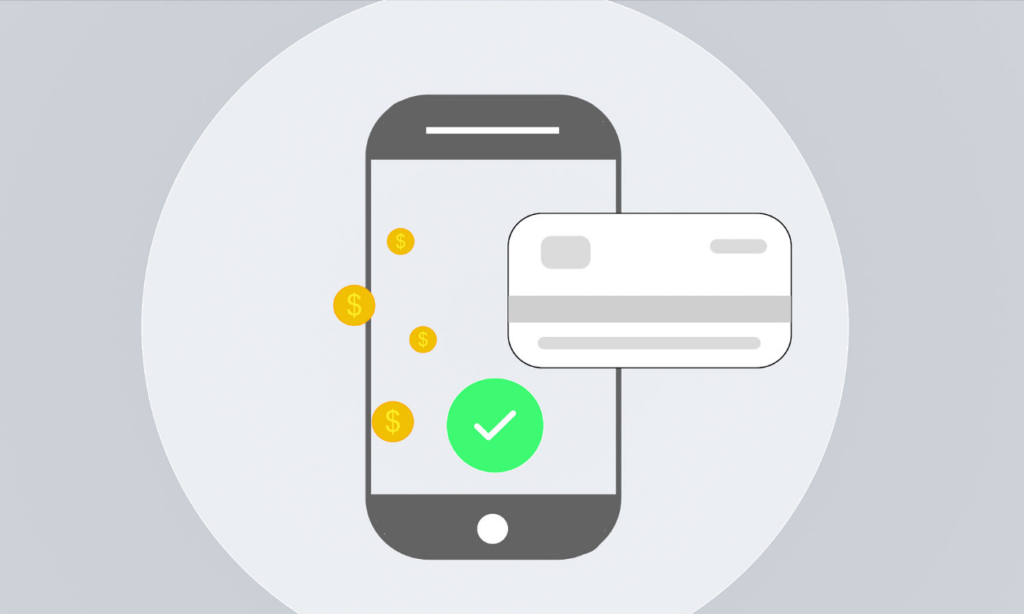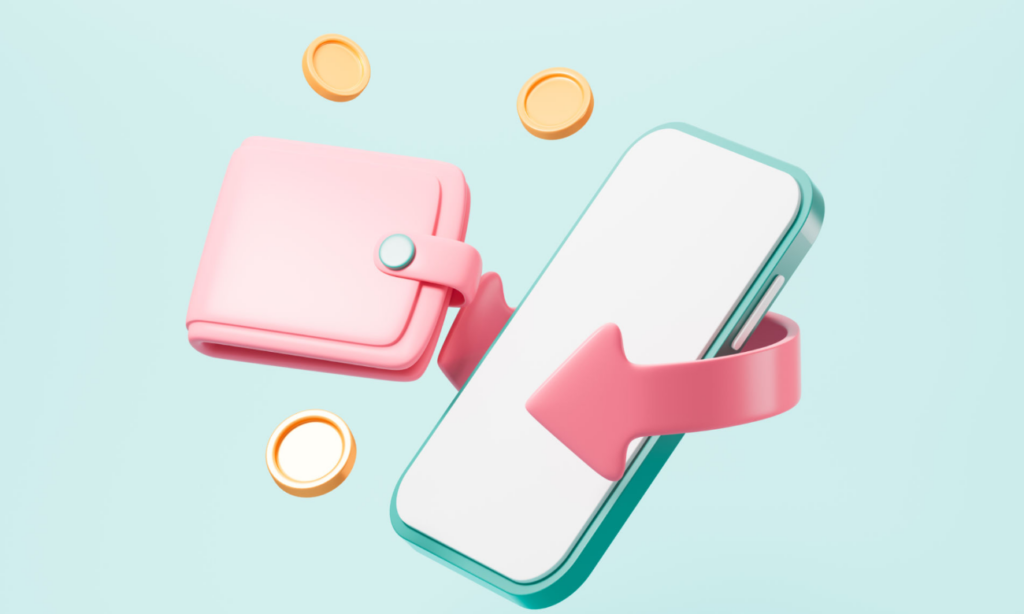
Introduction
Korean Micropayments have transformed how mobile users in South Korea handle small-scale transactions, offering instant convenience without the need for credit cards or bank transfers. Whether you’re topping up a game app, subscribing to a music service, or purchasing digital stickers, Korean Micropayments make these tiny charges seamless and fuss-free. As usage grows, many users have questions about setup, fees, security, and troubleshooting. This handbook addresses those FAQs and helps you get the most out of this popular payment method. Korean Micropayments ensure that every small purchase is handled smoothly, so you can focus on enjoying your favorite apps and services.
Korean Micropayments rely on your mobile carrier’s billing system, letting you charge purchases directly to your phone bill or prepaid balance. This setup means you don’t need to enter card numbers for every tiny transaction. Instead, the cost appears alongside your regular monthly statement, with a clear record of each micropayment. As you explore the world of mobile microtransactions, you’ll see why Korean Micropayments have become the default choice for millions of users seeking speed, security, and simplicity.
Getting Started with Micropayments
Many newcomers wonder what separates Korean Micropayments from standard mobile payments. Fundamentally, Korean Micropayments bundle a variety of small-value transactions—such as content downloads, service subscriptions, and in-app purchases—under a single, easy-to-manage billing umbrella. Service providers partner with carriers to ensure that every charge, no matter how small, is authorized in real time and reflected on your bill. Thanks to this integration, setting spending limits, reviewing transaction history, and handling disputes all become straightforward.
Because Korean Micropayments are tied to your carrier account, you won’t have to register a payment method separately for each app or platform. This uniformity simplifies the onboarding process for developers too, as they can tap into an established billing network rather than building their own payment gateways. As a result, the ecosystem thrives on interoperability: you enjoy seamless purchases, and providers benefit from higher conversion rates and reduced cart abandonment.
How to Set Up Micropayments on Your Device
Setting up Korean Micropayments begins with registering your mobile number on the carrier’s portal or approved payment app. After verifying your identity often via an SMS code simply enable the micropayment option for your preferred services. You can choose to pay via your monthly postpaid bill or draw funds from a prepaid balance loaded in advance. Many users opt for a prepaid plan to maintain tighter control over their spending and avoid unintended overages.
Once activated, every participating app or website will display “Pay via Carrier Billing” at checkout. Select this option, confirm with a PIN or biometric scan, and the small amount is immediately deducted. Should you encounter a service that adds extra items such as charter hire costs for premium content delivery, those will appear as separate line items clearly indicating what you’re paying for and helping you track your expenses with precision.
Common Questions and Troubleshooting
Users often ask why a purchase didn’t go through or why a charge looks unfamiliar. First, check whether the merchant is certified for carrier billing; uncertified vendors are blocked by default. If the problem persists, reviewing your transaction history on the carrier’s website can reveal pending authorizations or denials. Should you spot an error like a duplicate charge you can dispute it directly through your carrier’s customer service.
Another frequent concern involves transaction limits. Carriers set daily or monthly caps to protect you from runaway spending. If you hit your cap, you’ll need to wait until the limit resets or contact customer support to request a temporary increase. Korean Micropayments aim to be user-friendly, but knowing these troubleshooting steps ensures you stay in control of every charge.
Security and Privacy Considerations
Security is at the heart of Korean Micropayments. Transactions require strong authentication, often via PIN or biometric confirmation, preventing unauthorized use if your device is lost or stolen. All billing data flows through carrier-managed systems, which adhere to stringent regulatory standards and encryption protocols. Unlike saving a credit card on multiple platforms, carrier billing centralizes protection under one umbrella.
Your privacy also benefits. Since you’re not sharing bank details or card numbers with every merchant, the risk of data exposure decreases. Carriers treat purchase details as sensitive information and handle them in compliance with South Korea’s Personal Information Protection Act. This framework ensures you can enjoy micropayment convenience without sacrificing data safety.
Fees, Limits, and Hidden Charges
While Korean Micropayments simplify small transactions, you should be aware of associated fees and limits. Carriers typically charge a nominal service fee on each micropayment, though many promotions waive this fee for approved partners. You can view current fee schedules on your carrier’s website or app. Daily and monthly spending caps prevent unexpected bills, but you can request custom limits for business or heavy-use scenarios.
Occasionally, you might see extra charges labeled “charter hire costs” on premium content services—these relate to special delivery or bandwidth fees and are clearly separated from base micropayment amounts. By understanding these possible extras, you avoid surprises when reviewing your statement and ensure every line item matches an intentional purchase.
Practical Tips for Everyday Use

To maximize the benefits of Korean Micropayments, start by setting a monthly budget and enabling usage alerts. Most carriers allow push notifications for any transaction, so you know immediately when a purchase occurs. If you frequently buy digital goods, consider using prepaid balances to pre-fund your account and eliminate postpaid surprises. This approach doubles as a spending discipline tool.
Regularly audit your subscriptions. Services like music or video streaming often renew automatically. By checking your carrier billing history, you catch unwanted renewals early and cancel before the next billing cycle. If you share a device with family, enable individual user profiles or require PIN confirmation for each transaction—this ensures micropath charges stay under control.
Where to Find More Support and Resources
Should you need further assistance, carriers maintain dedicated micropayment help centers—both online and via customer hotlines. They provide detailed FAQs, video walkthroughs, and live chat options to address any issue. Developer portals also offer guidance for merchants wanting to integrate carrier billing, complete with sandbox environments for testing.
Community forums and tech blogs are valuable too. Fellow users share tips on optimizing spending, leveraging carrier-specific promotions, and navigating policy changes. By tapping into these collective resources, you stay informed about the latest updates and make the most of every micropayment opportunity.
Conclusion
Korean Micropayments deliver a frictionless way to handle everyday microtransactions, combining the security of carrier billing with the convenience of instant mobile payments. From easy setup to robust troubleshooting, you have the tools and knowledge to manage small charges confidently. Next time you download an app upgrade or subscribe to an online service, let Korean Micropayments power a secure, transparent checkout no cards required.
Feel free to revisit this FAQ handbook whenever you have questions or need a quick refresher on best practices for mobile carrier billing. With these insights, you’re well equipped to leverage the full potential of carrier-enabled micropayments in South Korea.
